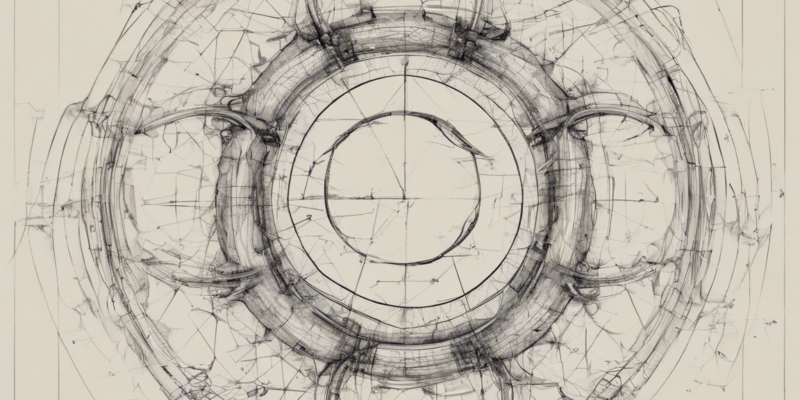Introduction
Understanding the concept of (A – B)^2 is fundamental in mathematics and has various applications in different fields such as algebra, geometry, and even physics. This mathematical expression represents the squared difference between two numbers or variables, A and B. In this article, we will delve into the power of (A – B)^2, explore its properties, and provide real-world examples to help you comprehend its significance.
Expanding (A – B)^2
To understand (A – B)^2, we must first expand it using the formula: (A – B)^2 = A^2 – 2AB + B^2. This expansion is derived from the distributive property and can be illustrated by multiplying (A – B) by itself:
(A – B) * (A – B)
= A * (A – B) – B * (A – B)
= A^2 – AB – AB + B^2
= A^2 – 2AB + B^2
This expansion is crucial as it simplifies the expression and enables us to perform various mathematical operations with ease.
Properties of (A – B)^2
-
Symmetry: The expression (A – B)^2 is symmetric with respect to A and B, meaning that interchanging A and B does not change the value of the expression.
-
Non-negativity: The square of any real number is always non-negative. Therefore, (A – B)^2 is non-negative for all values of A and B.
-
Perfect Square Trinomial: When expanded, (A – B)^2 forms a perfect square trinomial in the form of A^2 – 2AB + B^2. This trinomial has a special structure that can be factored into a squared binomial, (A – B)^2.
Applications of (A – B)^2
1. Algebra: In algebra, (A – B)^2 is commonly used in simplifying expressions, solving equations, and factoring quadratics. Understanding this expression can greatly simplify algebraic manipulations and make solving problems more efficient.
2. Geometry: In geometry, (A – B)^2 has applications in calculating areas, perimeters, and volumes of geometric shapes. For example, in finding the square of the difference between the sides of a rectangle.
3. Physics: In physics, (A – B)^2 is used in various equations to represent the difference between two physical quantities squared. This can be seen in formulas related to energy, force, and velocity calculations.
Real-World Examples
Example 1:
Suppose we have a rectangle with length A = 5 cm and width B = 3 cm. To find the square of the difference between the length and width, we use (A – B)^2:
(5 – 3)^2
= 2^2
= 4 cm^2
Therefore, the square of the difference between the length and width of the rectangle is 4 cm^2.
Example 2:
In a physics experiment, the difference between the initial velocity A and the final velocity B of an object is 10 m/s. The square of this difference, (A – B)^2, can be calculated as:
(A – B)^2
= (10)^2
= 100 m^2/s^2
This result represents the square of the difference between the initial and final velocities of the object.
Frequently Asked Questions (FAQs)
1. What is the significance of (A – B)^2 in mathematics?
(A – B)^2 is significant in mathematics as it represents the squared difference between two numbers or variables A and B. It has various applications in algebra, geometry, and physics.
2. How do you expand (A – B)^2?
To expand (A – B)^2, you use the formula: (A – B)^2 = A^2 – 2AB + B^2. This formula simplifies the expression and helps in solving mathematical problems.
3. Can (A – B)^2 be negative?
No, (A – B)^2 is always non-negative for all real values of A and B. The square of any real number is non-negative by definition.
4. What is the geometric interpretation of (A – B)^2?
Geometrically, (A – B)^2 can represent the square of the difference between two lengths, such as sides of a rectangle or the dimensions of a shape.
5. How is (A – B)^2 used in real-world applications?
In real-world scenarios, (A – B)^2 is utilized in various fields such as engineering, physics, and economics for calculating differences, areas, volumes, and other physical quantities squared.
Understanding (A – B)^2 is essential for mastering mathematical concepts and problem-solving skills. By grasping its properties, applications, and real-world examples, you can enhance your mathematical proficiency and analytical abilities across different disciplines.










